From March 22 to 26, 2023, Seeds4all project coordinator Adèle Pautrat travelled to Ireland for a series of visits to projects led by various partners. Here Adele recalls her trip to the Irish Seed Savers.
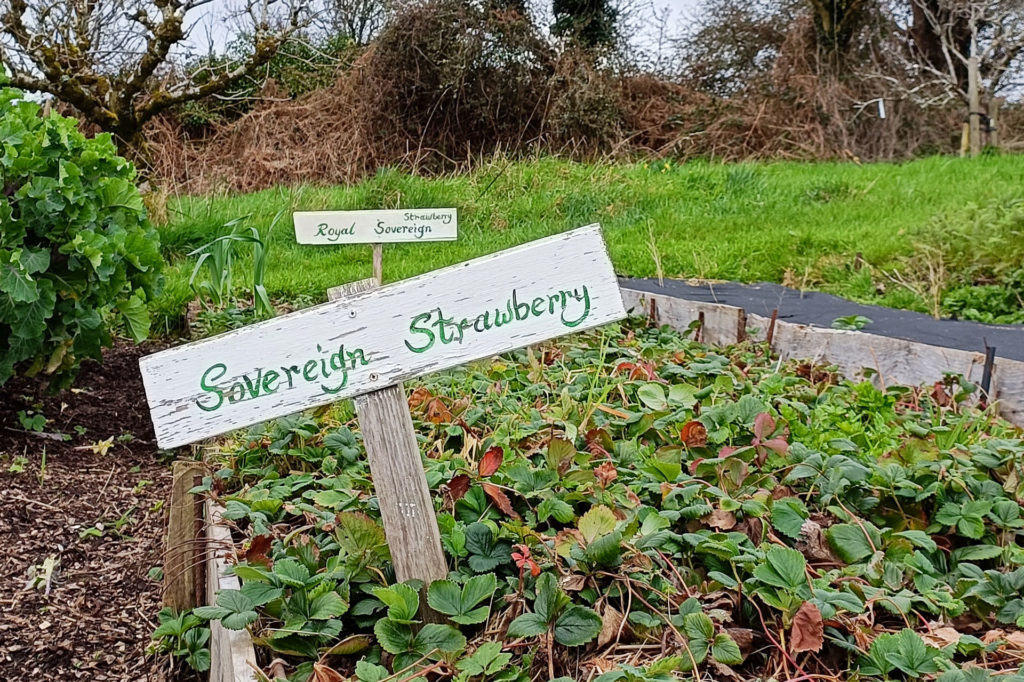
From re-enchanting pride for local crops and know-how to real world solutions to help relocate historical production sectors, Adèle could to explore from different angles how best to instil self-sufficiency and resilience in rural territories. Throughout the journey, one common thread emerged: the crucial role that agrobiodiversity plays in driving territorial transitions and rural revolutions.
In this first of a series of three articles, Adèle meets the Irish Seed Savers, discovering the success of a three-decade-old commitment and questioning the close link between seed diversity and local pride.
A growth model reconciling economic, social and environmental added value
The Irish Seed Savers association (ISSA) was born 32 years ago from the commitment of Anita and Tommy Hayes, who settled in Co. Clare (Irish mid-west) with the project of creating the very first Irish seed bank dedicated to saving heritage crops
In three decades, the association has grown significantly to become a major social enterprise employing an average of twenty people a year, while generating important revenue. ISSA owns a magnificent 22 hectares of land near the town of Scariff. Only two hectares are used for organic seed production, while the association implements an agroecological method of working the land – honouring and respecting ecosystems, protecting wildlife, caring for the soil and, where beneficial, leaving the land fallow.
“With this mode of development, we’ve shown that you can generate substantial income without exploiting or pushing your land to exhaustion. You can make money and still care for the soil and native species. You can make money, go organic and encourage wildlife. It’s just about finding the balance and seeing the possibilities of doing things differently.” – Elaine Bradley, General manager of the Irish Seed Savers.
ISSA is now Ireland’s leading organisation for the preservation of national genetic resources. Its collection of over 600 non-commercial seed varieties includes landraces as well as crop varieties collected from all over the world and adapted to Ireland’s unique growing conditions.
“Not everything we grow here originated in Ireland. We are constantly researching food crops that will change and adapt to Irish regional conditions. Diversity motivates people to get involved with food production!” – Elaine Bradley, General manager of the Irish Seed Savers.

Throughout my walk in the gardens of the association, accompanied by Tristan, coordinator of the Seed to Seed internship and seed quality manager, I marvel at the hundreds of apple trees that we pass – and which I’ve been dreaming of seeing bloom ever since! This life-size exhibition is the result of the most characteristic work carried out by the association over the past thirty years: developing the national collection of Irish heritage apple trees, now made up of more than 180 unique varieties.
Reclaiming crops and knowledge for food sovereignty
The story of the Irish apple trees is particularly interesting to illustrate the issues involved in preserving agrobiodiversity at local scale. As a colonised country, Ireland was under British rule for many years, and the British government had a policy – seen as progressive at the time – of encouraging farmers to rip out their old apple trees and replace them with high-yielding, often English, varieties.
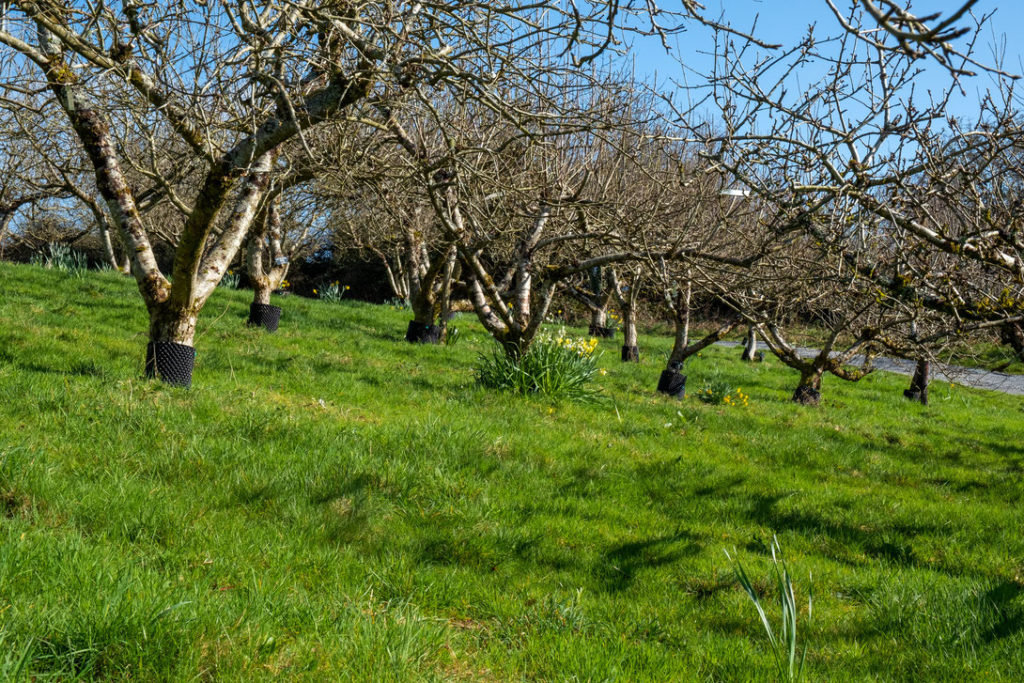
After independence, the Irish department of agriculture continued with this policy. And when Ireland joined the EU, the common market made it even harder for Irish apples to compete with French apples in particular – big juicy, for a longer period of time every year. So farmers continued ripping their apples trees, leading to the massive erosion of agrobiodiversity. Only recently Ireland came to realise the extent of what has been lost. Due to the lifespan of an apple tree, which is around 120 years, any trees that have survived the period of ripping out are likely to be on their last legs. As a result, there is a very small window of time to collect what’s left, graft it, and preserve it for the future.
“The key thing in the end is to make everyone understand that food heritage doesn’t belong to the past at all – it is a living changing dynamic thing, 100% connected to the future, which needs human commitment.” – Elaine Bradley, General manager of the Irish Seed Savers.
Another Irish story sadly speaks about the links between lack of diversity, sovereignty and resilience. In the mid-19th century, still under English rule, Ireland was an extractive colony, exporting commodities such as cattle on the hoof to feed the growing, rapidly urbanising English population. Most Irish families were poor tenant farmers on poor land, depended on one specific crop for survival: the Lumper potato. The arrival of blight and the subsequent failure of destruction of the crop, in the context of a continuation of commodity exports under colonial conditions, led to the tragic episode of An Gorta Mór, the great Irish famine, whose reminiscence still shapes the collective memory.
More recently, the entire world has witnessed the fragility of food systems based largely on agricultural specialisation, crop standardisation and international trade. They depend on so many different elements over which we have no control. When these elements fail, there is a real risk of simply finding ourselves with no food in the supermarkets. Empowering local communities to grow food again, to regain some form of resilience, should be one of the highest priorities to be addressed at individual, collective and political levels.
“We often have the impression that seed saving is seen as a pleasant and fun thing to do. In fact, seed saving is revolutionary: it (…) is about promoting a necessary, realistic and reliable way of developing food systems, as opposed to the recently developed model of chemical industrial agriculture which has shown its limits in only a few decades, and threatens global food security as well as the very planet on which we live.” – Elaine Bradley, General manager of the Irish Seed Savers.
What do 180 apple varieties taste like?
Each year, the association cultivates a wide range of heritage apple varieties in order to make it available to the public in bare roots or in pots. The dozens of kilos of apples thus produced are valorised through the organisation of discovery and tasting workshops on agrobiodiversity.

Eaters are first invited to observe the color, texture and shape of each apple. Then to analyse its flavor profile, from sweet and juicy to tart and crisp, making it a delicious journey to explore. Some apples are best raw, while others are perfect for cooking or baking. Some are bright red or green, while others are yellow or even orange.
These experiences are very important in raising awareness of the benefits and beauty of agrobiodiversity. They help eaters to understand which types of fruits are their favorites and to learn how to use them in different culinary applications. See the entire ISSA apple collection here.
Local crops for local pride
Within the first few minutes of my arrival in Ireland, after Tristan had picked me up from the station and while we were still driving towards Scariff, the notion of pride associated with the resurgence of local crops and rural development came up in conversation. Ultimately, it became a central element of many discussions throughout my stay.
Due to the complex historical circumstances described above, modern Ireland is missing some deep-rooted food and farming traditions. But, according to Tristan, this situation has great potential for the promotion of agrobiodiversity, as all possibilities are open for creating traditions and specificities.
“The work we do at ISSA cannot be limited to the idea of conservation; for me it is all about creation!” – Tristan Lienhardt, ISSA’s training coordinator and seed quality manager.
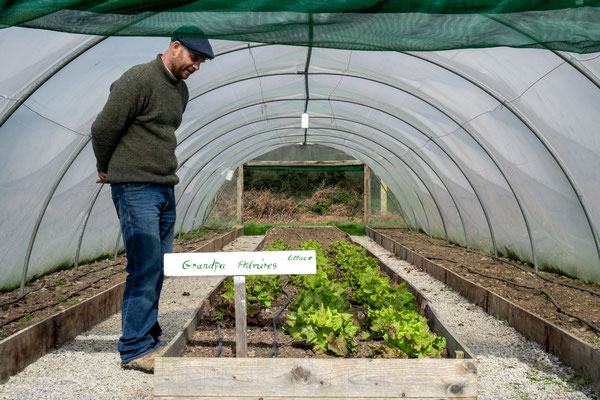
In Ireland, local crops and traditions have sometimes been collectively associated with poverty, failure or irrelevance. Foraging in a post-famine context can tap into a collective memory of shortage and desperation. And a landscape build around feeding the metropole growing quantities of meat and milk is not one focused on mixed farming or local provisioning. So one big challenge is to rekindle people’s connection with the land and its offerings, in a context of the changing tastes and expectations of modernity.
The regeneration of agrobiodiversity plays a key role in this regard, providing access to a wider range of locally and sustainably grown products. Chefs, cooks and recipes are another important entry point, for promoting innovation based on local production.
“ (…) what if we used our traditional varieties to reinvent traditional cooking, drawing on all the culinary knowledge available to us today? – Elaine Bradley, General manager of the Irish Seed Savers.
Finally, reviving local pride involves promoting traditional knowledge and know-how, which makes the specificity of a territory. And in fact, the reason for this stay in Ireland is above all linked to a very strong interest in the recent projects of the ISSA aimed at restructuring a trade that was once very important and recognised in Ireland: textile production.
To be continued in a future article…
Many thanks to Tristan Lienhardt, Elaine Bradley, Deirdre Morissey (seed bank manager) and the whole team of the association for their warm welcome and the time they devoted to my visit and my questions.
Read the full interview with Elaine Bradley here.
More
Organic and Biodynamic Viticulture: Adapting the Vine in a Changing Climate



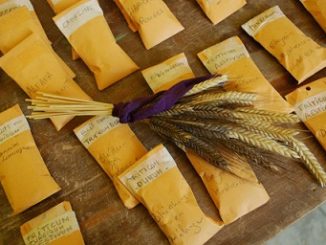
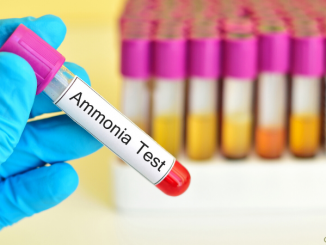

1 Trackback / Pingback
Comments are closed.